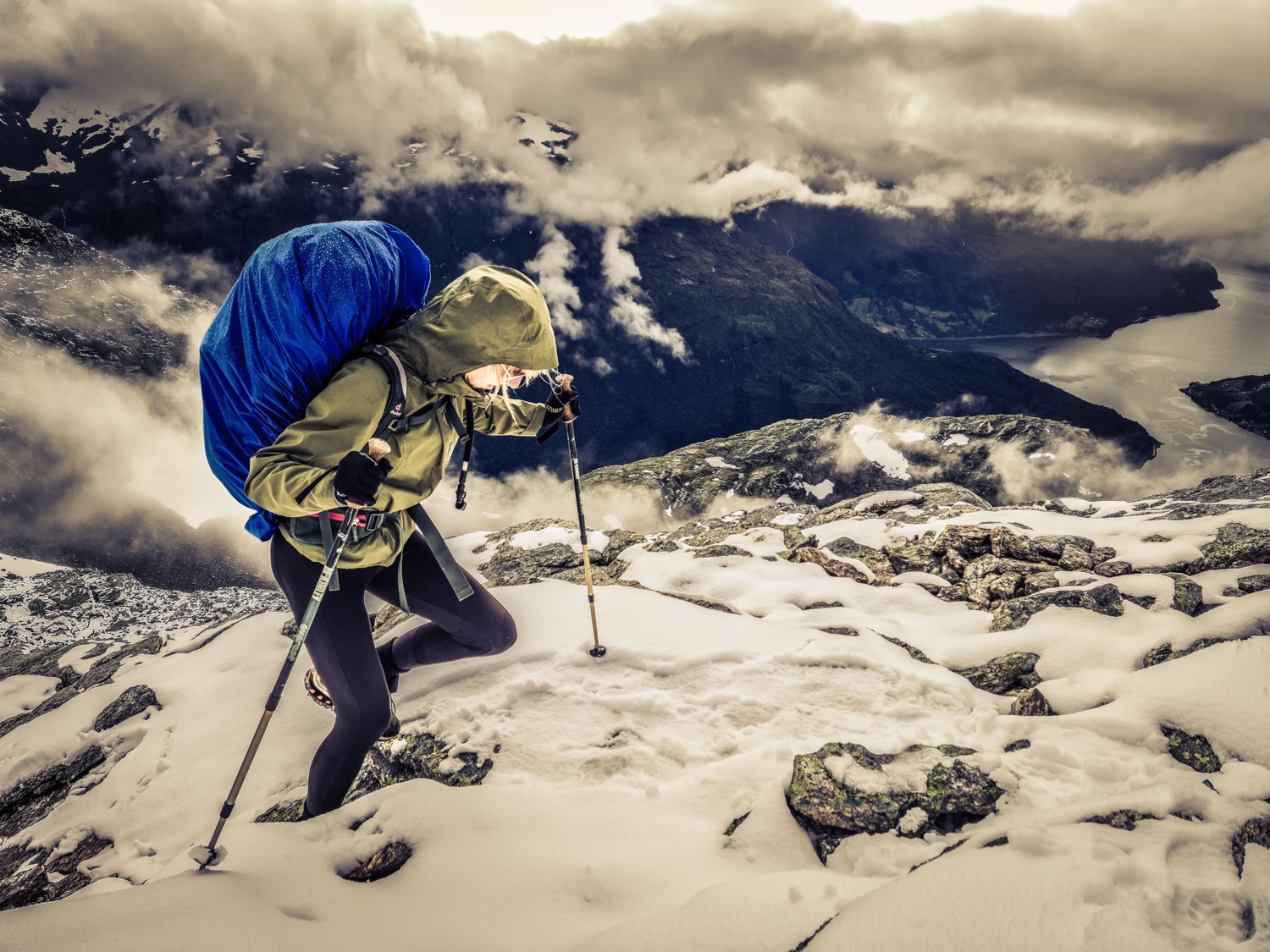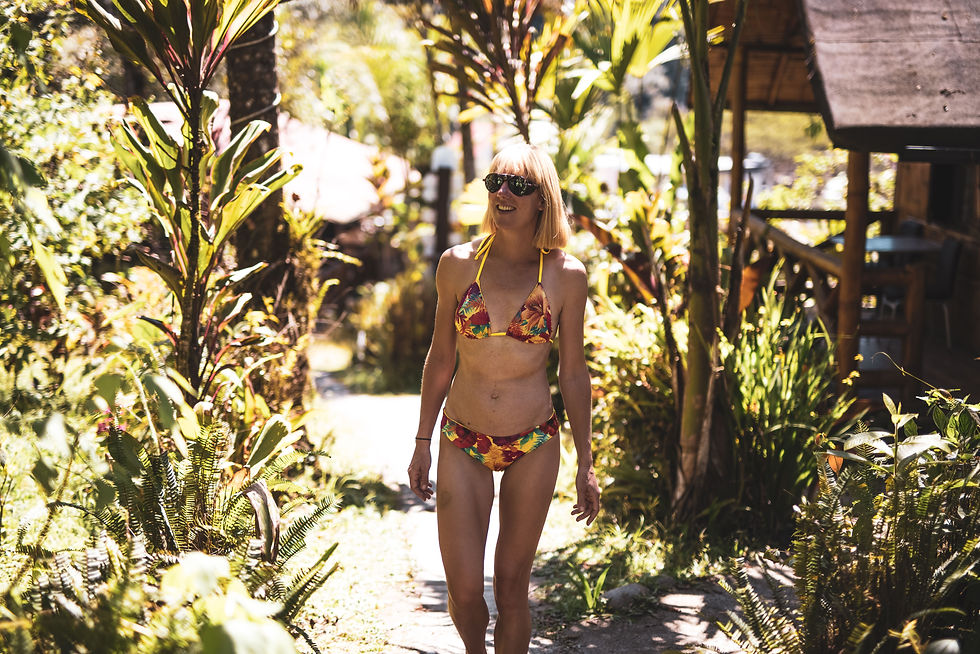Ecuador - dream beaches in winter
- Marion Marquardt

- Oct 24, 2024
- 5 min read
Surfing in Montanita - perfect waves and relaxed beach life
No sun, no water, no electricity - the energy balance is at its limit
Emergency surgery on the head - Micha's souvenir from the Bolivian rainforest has to be removed
Isla de la Plata - the silver island with its unique wildlife awakens Micha's photographer heart
After almost 2 months in Peru, we are moving further north, Ecuador is waiting for us. We are excited to see what this small country on the equator has to offer. First, we want to explore the coast and surf here and there.
Unfortunately, the border crossing does not go so smoothly. Long queues and an incorrectly issued TIP (entry document for our car), for which we have to drive back to customs after the first police check, cost us almost 4 hours. And the journey continues inefficiently, we are stopped about every 10 minutes. Sometimes driving licenses, sometimes ID cards, sometimes customs documents are checked. Not exactly convenient, as Diego wakes up at some point and cannot go back to sleep. By the way, car insurance is not compulsory in Ecuador - so it is best not to have an accident. Not so easy with the way South Americans drive.
We avoid the city of Guayaquil as much as possible. It is supposedly the second most dangerous city in South America after Caracas in Venezuela. We drive through - without stopping. What we immediately noticed was that there were suddenly a lot of American chains in Ecuador, like McDonalds. With the dollar as the official currency, Ecuador is much more oriented towards North America than the countries we have traveled to so far. We also find good coffee almost everywhere. The prices are a bit more "North American", however. In comparison, you can't really call it expensive, but everything costs at least twice as much as in Peru (apart from diesel, which is around 50 cents per liter due to the government cap), and some things even cost several times more, e.g. sunscreen and alcohol. Both are unfortunately essential :-)
We always feel safe outside of the big cities, even though the Foreign Office currently seems to be very critical of traveling to Ecuador. According to the locals and expats we meet, however, only gang crime in cities has increased, a kind of mafia. The gangs fight each other, demand protection money, etc. The tourists and villagers leave them alone; of course, it happens every now and then that a shootout hits someone who is in the wrong place at the wrong time. However, in the tranquil village of Ayampe, no one has been harmed for six months, says Sandra, who has lived here for 30 years.

We make a longer stop in Montañita, a surfing and party town. We don't really feel like doing the latter with Diego, but it's supposed to be quieter in the off-season. And indeed, we really like the town, there's hardly anything going on. We have the beach almost to ourselves. The waves are perfect for us. And so we stay for a few days. They consist of playing with Diego on the beach, hanging out in the hammock and surfing. I finally find a beachwear shop. I've had a new bikini (or several :-)) on my shopping list for months. But I was unsuccessful in Peru. Not even the big shopping malls around Lima had swimwear in winter. A complete mystery to me. Peruvians don't go to the seaside at that time of year, nor do they go on beach holidays abroad. In Montañita, I accidentally (really!) end up in a studio that makes custom-made bikinis - an absolute dream. I have the choice between countless cuts and great fabrics. The items are supposedly ready within 2 hours. In reality, I pick them up four days later. What was the first lesson in South America? Tranquilidad, patiencia e mañana. But one of the reasons is that there is not always electricity. Nationwide, electricity is currently only available 16 hours a day. And without light and electricity, you cannot sew. The country is currently experiencing the longest dry season in 60 years, which is exacerbating the energy situation, as almost 90% of the country's electricity depends on hydroelectric power plants and rivers. Not an easy situation for business people here. Despite this, generators and batteries are not regularly used here. Curiously, only the demand for candles and flashlights has increased. We ourselves are also struggling with energy management in the camper. The sun rarely shows itself. The sky is usually very overcast, so the solar panels hardly have any effect. In addition, Ecuador has 110 volts of electricity, which unfortunately our charger cannot handle. So we have no choice but to drive every now and then to charge the batteries. The refrigerator is not having an easy time of it. Despite the lack of sun, temperatures never drop below 20 degrees, even at night.


In the meantime, Micha unfortunately has to go to the doctor. Since our stay in the Bolivian rainforest, he has had a bump on his head. In these 8 weeks, it has grown, moved, become infected and finally opened up - like a volcanic crater. My initial diagnosis of "I sometimes have something like that under my hair, it goes away on its own" has changed in the last few weeks to "I think something is alive there". After an unsuccessful visit to the doctor in Peru, who only treated it with antibiotics, we are now seeing a doctor in Ecuador. As soon as he sees the open wound, he calls out "Hola" and laughs. Unfortunately, Micha has caught a so-called chontacuro, the Amazon beetle. When it bites him, its eggs get under the skin. Over time, a really fat larva has developed there - really disgusting. When the doctor pulls the thing out with tweezers, I still find it a bit funny. Just like the doctor. I was even allowed to film the small operation. Before we even get the bill, the doctor gives us his WhatsApp number and asks us to send him the recording. And the video immediately ends up in his WhatsApp status - he has a sense of humor. We are relieved above all that everything turned out well. The last few weeks have just been a mess :-)
We drive north along the coast. Soon Isla de la Plata is off the coast, known as the poor man's Galapagos. Numerous endemic bird species also live here. And with a bit of luck we might see the last humpback whales before they migrate to Antarctica. The blue-footed boobies that nest on the island are easy to find. They have no natural enemies here, just not always enough food for their young. They feed exclusively on fish, and during El Niño in December and January there is not enough of it. Often only one or two chicks survive. The parents take turns fishing, while the other takes care of the children. And after a year, when the young are able to fly, the family splits up. The birds get their blue feet from their diet, by the way. They mostly eat small fish, such as sardines, which are high in carotene. However, they cannot digest the latter and so it stays in their bodies, namely in their feet. Blue-footed boobies with bright blue feet eat better, mothers usually have turquoise-blue feet because they care for their young. Micha also gets the Galapagos albatross and the Nazca booby in front of his lens.

The underwater world is no less impressive. When I snorkel, countless colorful fish swim around me. And even a green sea turtle.
The most spectacular thing, however, is the humpback whale that suddenly appears in front of our boat on the way back. We weren't expecting that. While the mother only shows her back now and then, the calf, which is about 2 months old, jumps around happily. I'm blown away!
































Love your work, always brilliant.